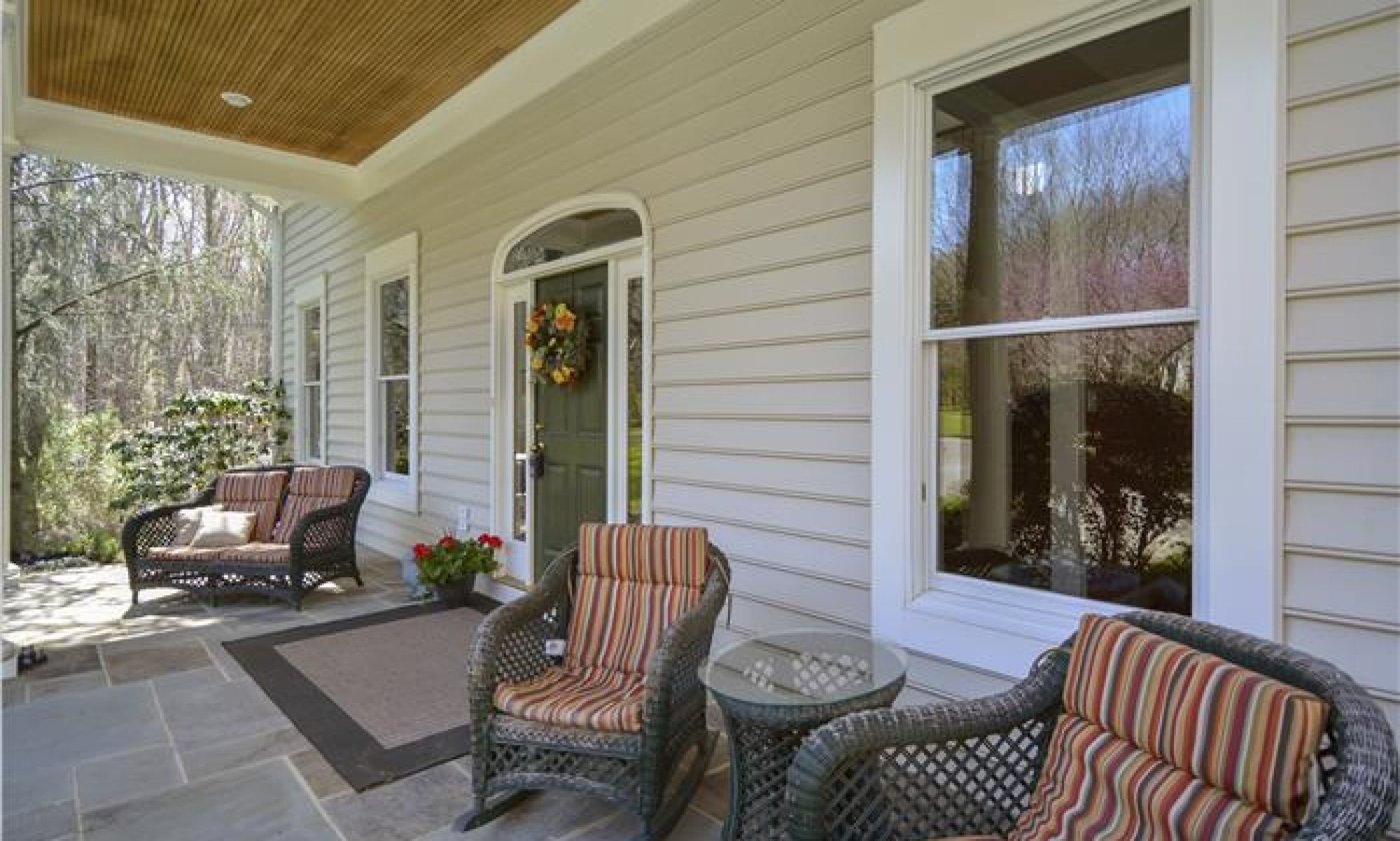
The Fed stopped purchasing mortgage backed securities and other assets through quantitative easing a few years ago. But the Fed still maintains the estimated $4.5 trillion of assets it has accumulated by extending asset maturity and reinvesting in the securities. The result has been historically low interest rates, and bubble-esque home price spikes. But that may change rapidly over the next six months.
Quantitative easing was a name for the Fed’s “large scale asset purchases” (LSAP) from mid-2008 to 2014. The purpose of the LSAP was to keep boost the economy and housing markets by keeping interest rates low. According to the Fed (federalreserve.gov):
In December 2008, as evidence of a dramatic slowdown in the U.S. economy mounted, the Federal Reserve reduced its target for the federal funds rate–the interest rate that depository institutions charge each other for borrowing funds overnight–to nearly zero, in order to provide stimulus to household and business spending and so support economic recovery. With short-term interest rates at nearly zero, the Federal Reserve made a series of large-scale asset purchases (LSAPs) between late 2008 and October 2014.
In conducting LSAPs, the Fed purchased longer-term securities issued by the U.S. government and longer-term securities issued or guaranteed by government-sponsored agencies such as Fannie Mae or Freddie Mac. The Fed purchased the securities in the private market through a competitive process; the Fed does not purchase government securities directly from the U.S. Treasury. The Fed’s purchases reduced the available supply of securities in the market, leading to an increase in the prices of those securities and a reduction in their yields. Lower yields on mortgage-backed securities reduced mortgage rates as well. Moreover, private investors responded to lower yields on U.S. Treasury securities and agency-guaranteed mortgage-backed securities by seeking to acquire assets with higher yields–assets such as corporate bonds and other privately issued securities. Investors’ purchases raised the prices of those securities and reduced their yields. Thus, the overall effect of the Fed’s LSAPs was to put downward pressure on yields of a wide range of longer-term securities, support mortgage markets, and promote a stronger economic recovery.
In the June Open Market Committee press release, the Fed signaled that it would begin unwinding quantitative easing later in 2017 through “balance sheet normalization.” Of course, the proviso was that the economy would “evolve broadly.” The normalizing the balance sheet would “gradually reduce the Federal Reserve’s securities holdings by decreasing reinvestment of principal payments from those securities.”
There is little doubt that the 3.1 percent real Second Quarter 2017 GDP (bea.gov), along with a record breaking housing market during the first half of 2017 was a large part in the decision to move forward with the balance sheet normalization program. At the very end of September’s Open Market Committee press release, the Fed stated that balance sheet normalization will begin in October.
How will unwinding quantitative easing affect the housing market?
Since the Fed’s announcement last week to unwind quantitative easing, there has been a lot of speculation as to how the housing market will respond. Lawrence Yun, chief economist for the National Association of Realtors, issued a statement saying that he believes the Fed’s unwinding pace will be “in slow motion” and “mortgage rates would rise up only modestly over time.” He expects that the 30-year fixed rate would only reach about 4.7 percent by the end of 2018 (nar.realtor).
But a sober 2013 article written by Edward Pinto, a former Fannie Mae executive, pointed out the immediate impact and consequences of quantitative easing (Is the Fed blowing a new housing bubble? wsj.com, April 9, 2013). Pinto asserted that the home price surge of 2013 was due to the Fed’s LSAP rather than the often cited “broad based improvements in the economy’s fundamentals.” Pinto stated, “The average mortgage rate during the first nine years of the 2000s was 6.3% compared with today’s [2013] rate of less than 3.5%. If mortgage rates were to increase to a moderate 6% in three years, say, some combination of three things would have to happen to keep the same level of homeownership affordability. Incomes would need to increase by a third, house prices would need to decline by a quarter, or lending standards would need to be loosened even further.”
Maybe the unwinding of quantitative easing is past due. Home sale prices have since surged past 2006 home prices in some areas, and has considerably reduced the affordability of homeownership for many Americans. Average wages have not increased significantly (if at all) since quantitative easing began. Lending has loosened some, but not enough to make up for missing home buyer sectors (such as the move-up home buyer).
Home sellers may be in for a shock in 2018. Rising interest rates will certainly moderate home prices. However, rising mortgage rates would likely mean a return to stable housing market. Mortgage interest rates will rise as sharply as they were reduced when the LSAP began, most likely rising above 5 percent by the end of 2018.
By Dan Krell
Copyright© 2017
Original published at https://dankrell.com/blog/2017/10/01/quantitative-easing-housing-legacy/
If you like this post, do not copy; instead please:
link to the article,
like it at facebook
or re-tweet.

Disclaimer. This article is not intended to provide nor should it be relied upon for legal and financial advice. Readers should not rely solely on the information contained herein, as it does not purport to be comprehensive or render specific advice. Readers should consult with an attorney regarding local real estate laws and customs as they vary by state and jurisdiction. Using this article without permission is a violation of copyright laws.

One Reply to “Quantitative easing housing legacy”
Comments are closed.